Blog
Blog

03 Feb, 2022
With several recent nights dipping below zero I am reminded of the importance of building homes that are comfortable and energy efficient. We use the best practices for insulating and sealing our homes from air infiltration to ensure our homes are as comfortable and energy efficient as possible in our Northeast Ohio climate. Heating costs are the biggest part of the overall energy costs in a home in our climate zone. Appliances, lighting, heating water and even air conditioning are other common items that use energy in our homes but heating costs are more than all other energy costs combined. That is why I find it so important to pay close attention to the details of building homes that are tight and well insulated. To ensure our homes are built tight and are well insulated we use high quality windows and doors and 2x6 walls and zip-wall exterior sheathing. We also include fresh air exchange to ensure proper air quality and humidity. All of which is so important to have a comfortable home with even temperatures throughout the whole house. Any concern with building a home too tight is addressed with proper fresh air exchange. We measure our homes for air tightness by performing a blower door test upon completion of construction. Our target is 1.5 to 2 air changes per hour based on average temperatures and wind in Northeast Ohio. The standard metric and the average new home built today is 3.5 to 4 air changes per hour. In theory, the less air changes in a house the less conditioned air you lose and less energy is required to keep the air in a home at comfortable temperature and humidity levels. We achieve air tightness by using best practices in air sealing and with specialty products. We use zip-wall exterior sheathing and high quality windows and doors and we use closed cell spray foam insulation on our exterior rim joists and the attic insulation eave baffles. I have found those two areas contribute a great deal to air leakage. Most people are unaware of the importance of properly air sealing these types of areas in a home and the time to do it is when the home is being built. In some cases it is almost impossible to seal up these areas after construction is complete. Two common insulation options we offer and use quite often, is the use of Superior Walls in place of our standard poured wall and the use of 1” closed cell spray foam in our exterior wall cavities ahead or installing the fiberglass insulation batts. While the return on investment may be 10 to 20 years, the improved comfort for the lifetime of the home is priceless. Over the years I have learned the benefits of working with experienced, conscientious trade contractors and their contribution to building a high-quality energy efficient home. Also I continue to align our company with top manufacturers in the industry to provide top quality products in our homes. I meet directly with the manufacturer representatives at least once a year to review their products and to negotiate best pricing on the selection of products best suited for my homes. Therefore I can use long standing companies and top brands available without paying for the brand name. I have listed most of my brand partners in the downloadable document labeled Construction Standards.



